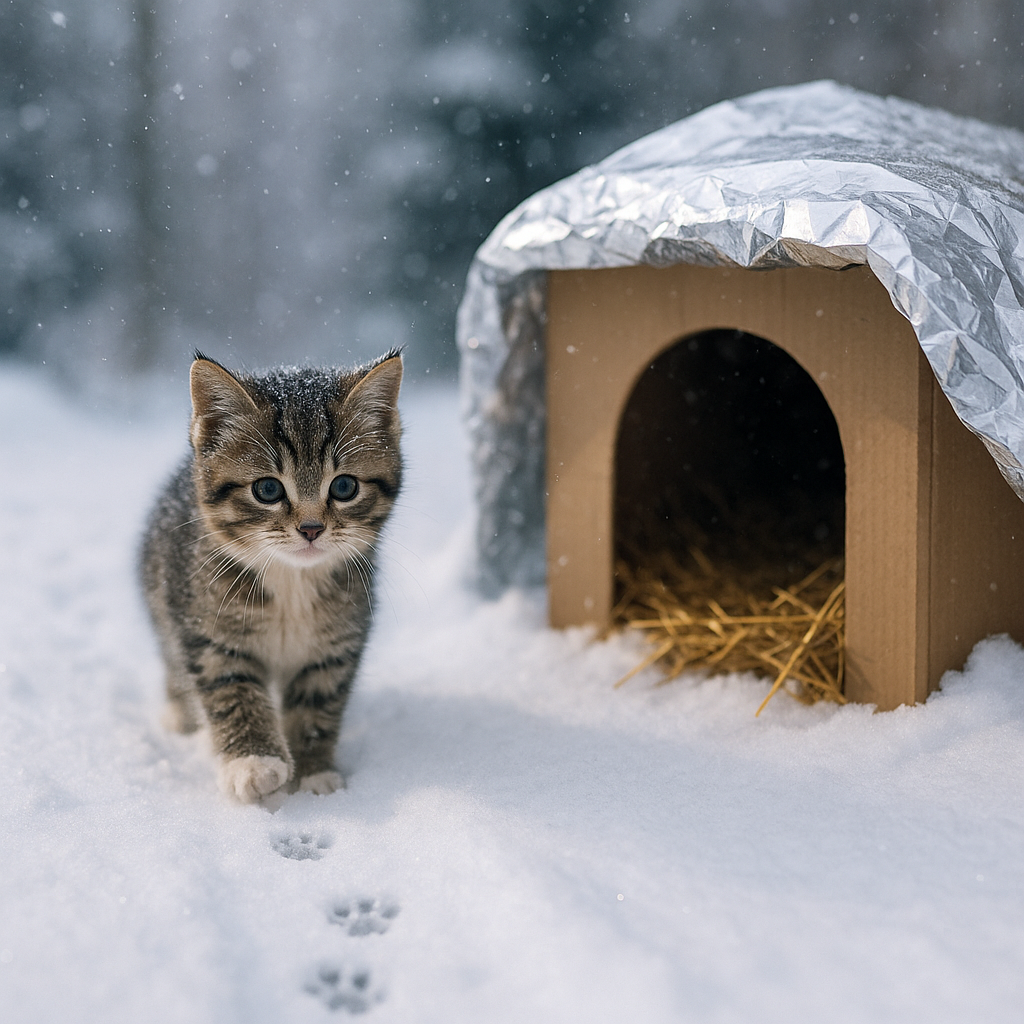
Small Pawprints Through Winter: A Practical Warming Guide for Cats
Share
Content
When the air turns austere and the window seams whisper, a cat’s quiet core temperature ebbs. The smaller the body—and the older or underweight the feline—the more sacred heat retention becomes. The counsel below marries clinical common sense with domestic craft.
1) Microclimate, Tamed
-
Floor insulation: Rugs and carpets blunt conductive chill; pad cat-tree steps with microfiber to curb paw heat loss.
-
Sun-path staging: Track midday light and place portable cat cushions accordingly. Sun is the least perilous heater.
-
Draft barriers: Weatherstripping and door stoppers alter the felt temperature more than you expect.
2) Rest Nests, Layered and Still
-
Hooded warming houses: Semi-enclosed forms suppress convective loss; choose fleece interiors with easy-clean, soil-resistant shells.
-
Self-warming blankets (aluminum core): Recycle radiant heat without electricity—ideal for kittens and seniors.
3) Heat Devices, Principles Before Power
-
Low-watt heat mats (capped at 38–40 °C): Auto shutoff and overheat guards reduce fire and low-temperature burn risk.
-
Humidity companion: Keep 40–50% RH during heating. A small humidifier or a water bowl near a radiator suffices.
4) Nutrition & Hydration
-
Winter can nudge caloric demand upward.
-
Warmed wet food: Gentle heat heightens aroma and intake.
-
Circulating fountains entice steady drinking.
5) Outings & Grooming
-
Harness walks: Guard bellies from cold surfaces; dry ears and paw pads on return.
-
Combing matters: Detangling restores the insulating loft of the coat.
Cat Emporium Curations
-
Arcadia Hood House: Balanced acoustic calm and thermal comfort.
-
Lumina Self-Warming Blanket: Featherlight, machine-washable.
-
Safeguard Pet Heat Mat (40 °C limit): Dual insulation, overheat protection.
-
Brook Mist Mini Humidifier: Petite, scale-resistant coating.
Winter refuses; guardians must not. Give your cat a small sun of its own.
